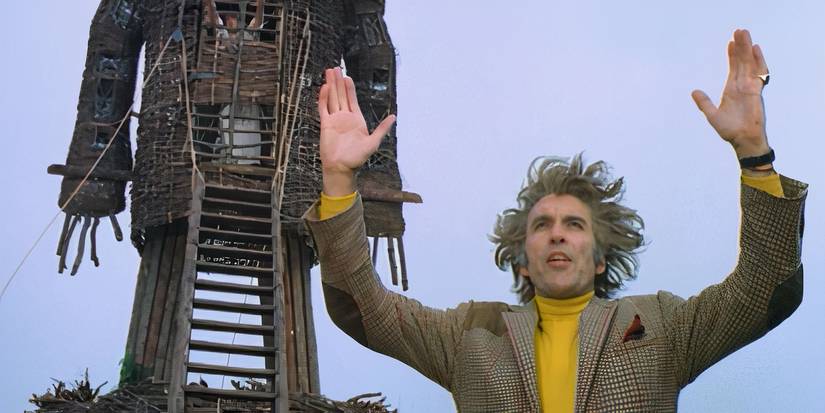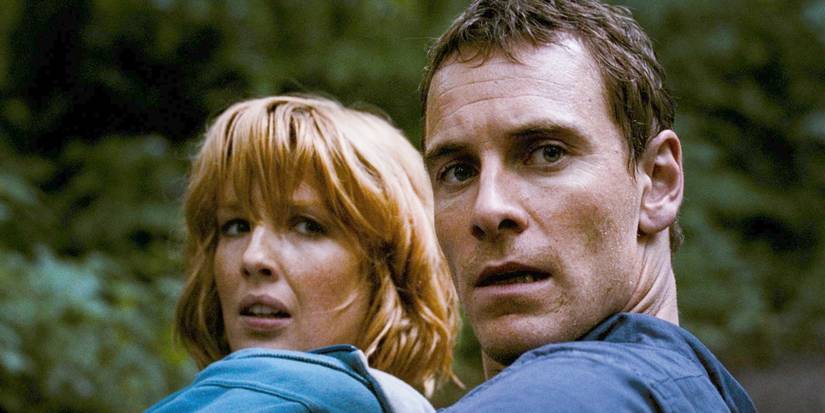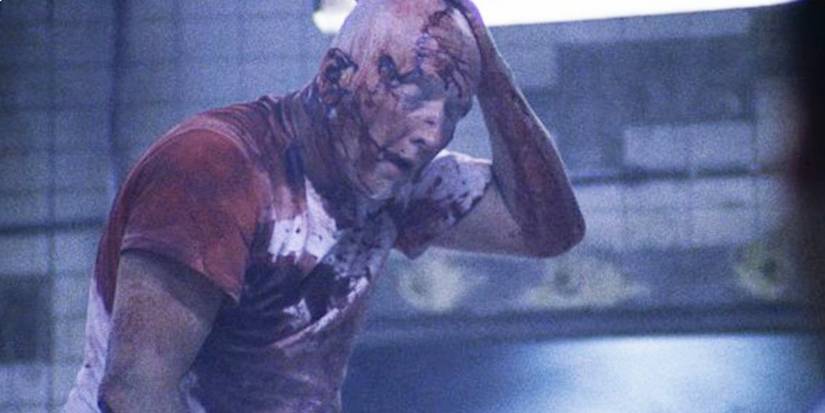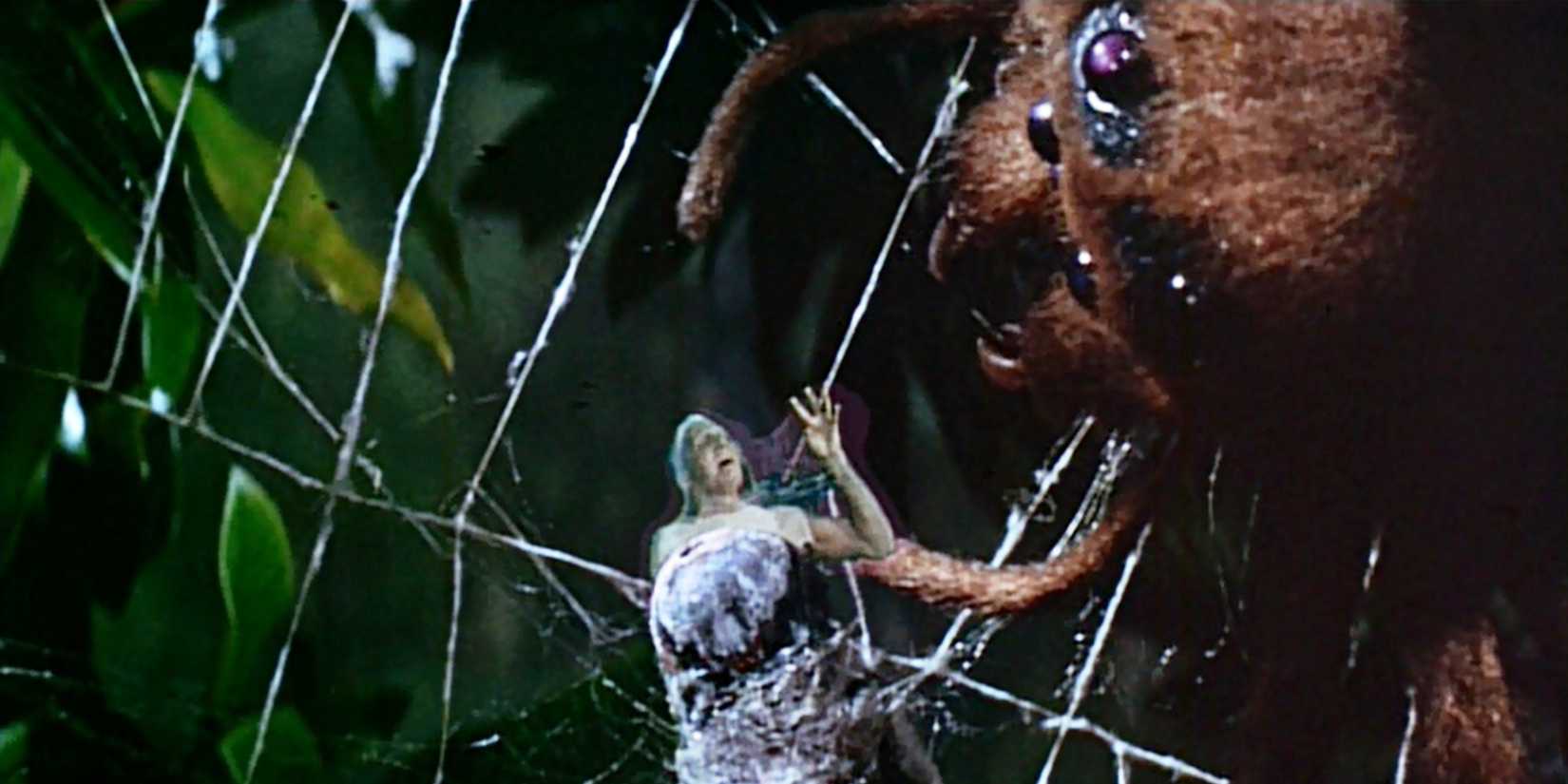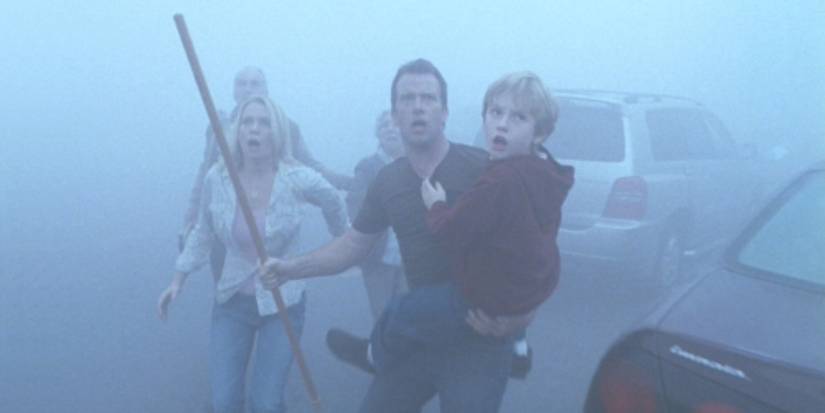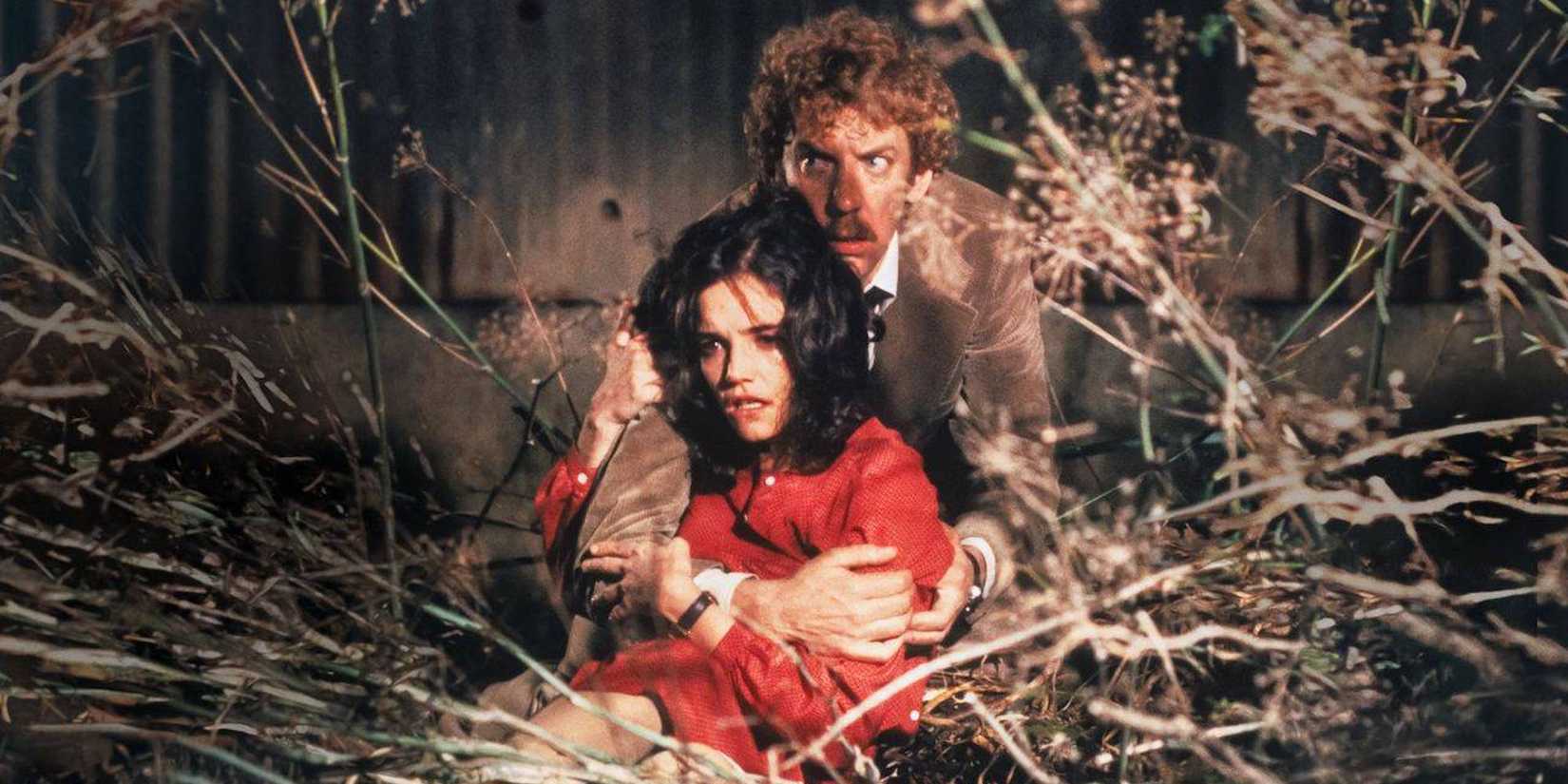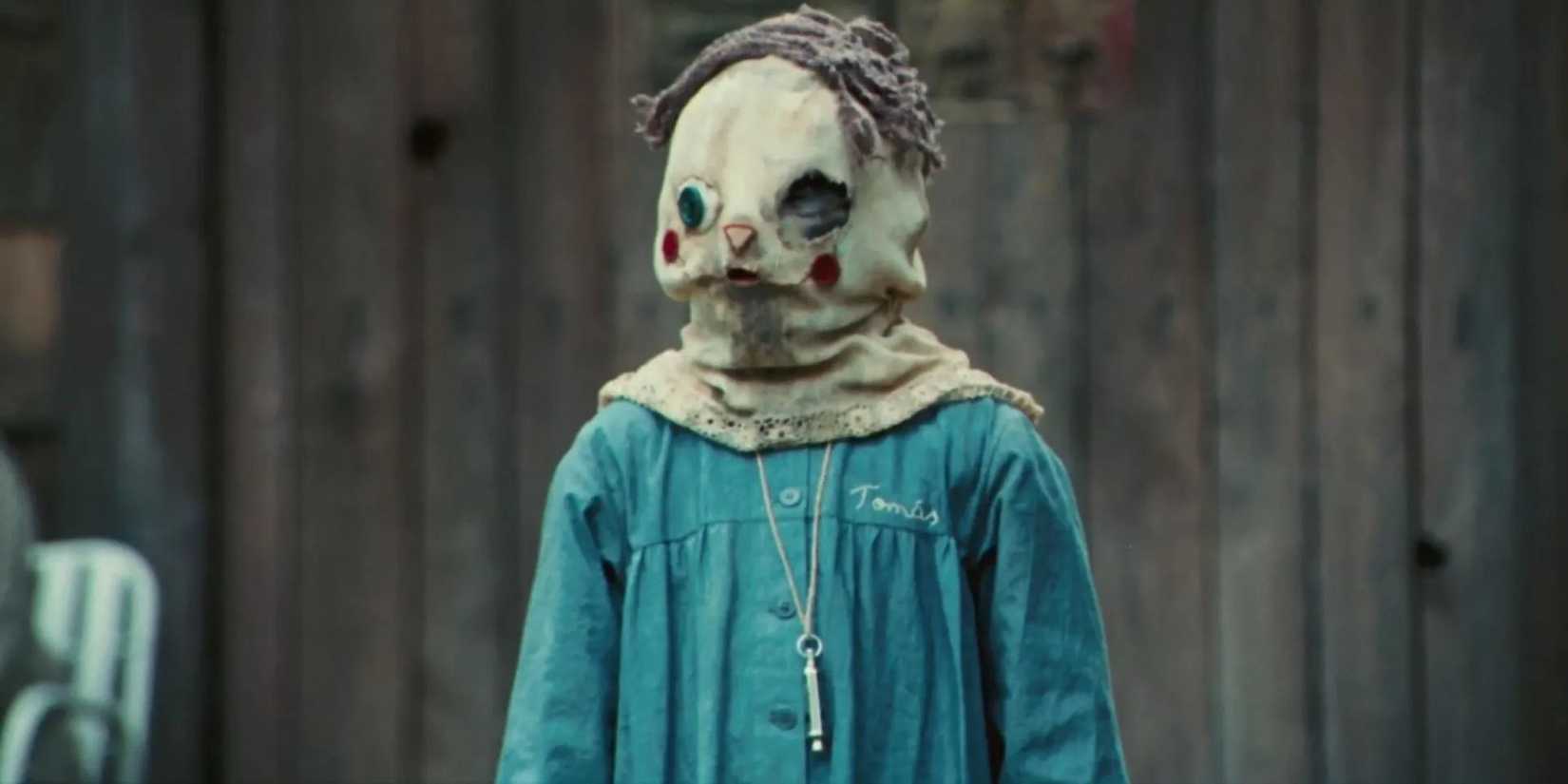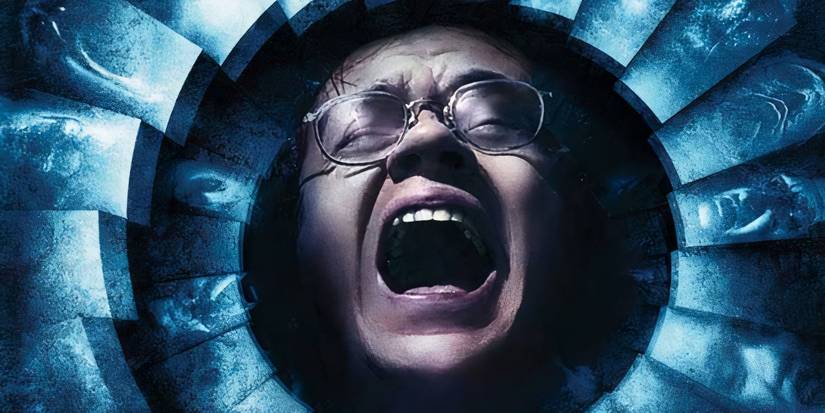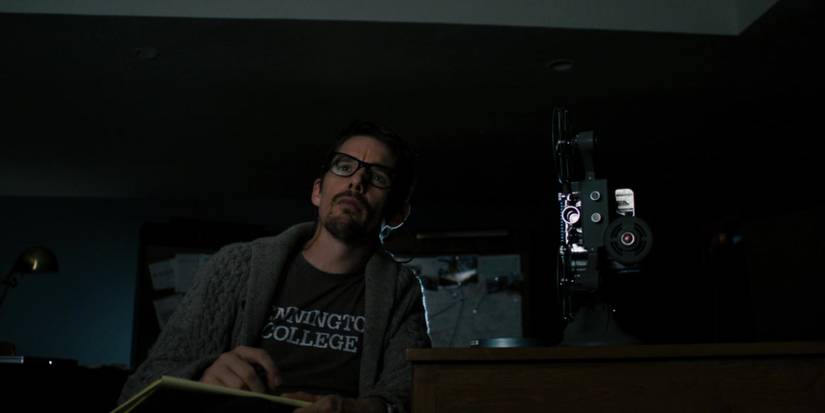10 Horror Movie Endings That Are Almost Perfect

A fantastic ending is a must for any exceptional horror movie. In many cases, the entire film has been building to a tense final confrontation between good and evil, and the stakes are high for both the hero of the story and the viewers swept up in the movie. Horror is a forgiving genre, so it doesn’t have to be a happy ending; it just has to be a good one.
There are endless examples of flawless horror movie endings, such as the unexpected twist in The Sixth Sense, or the true killer’s reveal in the climax of Psycho, but it’s time to shine the spotlight on a few deserving final acts that don’t receive as much praise. From soul-crushing twists to skin-crawling closing moments, these horror movie endings are almost flawless but fall short of absolute perfection. These aren’t ranked in any particular order, but they’re all worthy films to revisit on the next regularly scheduled horror binge.
‘Talk to Me’ (2023)
What starts as a party game soon becomes an obsession with deadly consequences in Talk to Me. Mia (Sophia Wilde) and her friends are able to briefly contact the dead using a severed embalmed hand, but the fun takes a serious turn when Mia thinks she’s able to speak with her recently deceased mother. The more Mia interacts with the hand, the more her grasp on reality slips away until she’s finally too gone to save.
After being manipulated by a spirit impersonating her mother, Mia ultimately throws herself into a busy freeway. Mia then awakens in the hospital, first assuming she has survived the ordeal, until slowly the real world slips away, and she is left in darkness. That is, until she is summoned by a group of people who now have the hand that was the root of her downfall. Sometimes a tragic ending is the natural and most fitting conclusion to a story, and, unfortunately for Mia, Talk to Me’s ending, while sad, gives the audience a near-perfect circle of how interacting with the hand works on both sides of the spiritual plane.
‘The Wicker Man’ (1973)
Sergeant Neil Howie (Edward Woodward) makes it his mission to save young Rowan (Geraldine Cowper) from a cult’s evil intentions, but nothing is as it appears in The Wicker Man. The folk horror film follows Howie as he journeys to a remote Scottish island where a group of Pagans has established a small and unorthodox community. Howie’s devout Christian beliefs are offended by the Pagan sensibilities, but it will actually be the purity of his religious convictions that will doom him to an awful fate.
As it turns out, Rowan was never in danger, but the same can’t be said for Howie. Rowan’s abduction never happened; the story was used to lure Howie to the town so that he could be used in a sacrificial ritual for their upcoming harvest of crops. As Howie is forced into a giant wicker man that is set on fire, the innocent police officer burns alive as the villagers joyously dance around him. It’s a haunting final scene that the audience can only assume will happen year after year on the island.
‘Eden Lake’ (2008)
A young couple is excited about a small trip to unwind, but they’ll soon wish they had opted for a staycation instead in Eden Lake. Jenny (Kelly Reilly) and Steve’s (Michael Fassbender) relaxing lake getaway becomes a fight to survive when a group of violent teens terrorizes the couple. With numbers stacked against them, Jenny manages a daring escape to a nearby home away from the kids.
Jenny’s victory is short-lived because she quickly realizes the home she entered for safety is actually where the deranged teen lives. The adults quickly side with their flesh and blood over the battered stranger, and Jenny meets a violent end at the hands of the people she came to for protection. Endings where no one wins can leave a bad taste in the mouth if not done well, but for Eden Lake, the commentary on generational violence and parental neglect is uncomfortably effective. Still, it received considerable criticism from those who considered it vilified the British working class and encouraged feelings of classism.
‘Saw’ (2004)
One of horror’s most enduring franchises started in a dirty room with two strangers and a dead body that might not be so dead. In Saw, the notorious Jigsaw Killer (Tobin Bell) has become an elusive target for the police, the only clues to his existence being the dead bodies found in his elaborate traps that test his victims’ will to live. The most recent men to catch the killer’s ire, Adam (Leigh Whannell) and Dr. Lawrence Gordon (Cary Elwes), also wonder about Jigsaw’s identity as they sit chained in a small room with a corpse in the middle of the floor.
As they will soon find out, Adam and Lawrence were in the presence of Jigsaw the whole time, as the body in the middle of the floor was the killer himself, pretending to be dead. The ending shocked audiences who were unprepared for the twist, increasing the positive word of mouth about the low-budget horror film. Saw would become a sleeper hit in 2004 and kick off a string of annual sequels filled with new traps and twists for fans.
‘The Fly’ (1958)
Vincent Price became a horror icon in the ‘50s, with one of his most notable films of the decade being the sci-fi horror classic, The Fly. The story follows the pursuits of Andre Delambre (David Hedison), a scientist working on a device that can teleport objects between two chambers. However, when Andre uses himself as a test subject, he accidentally mixes his DNA with a fly caught in the chamber, leading to monstrous results.
In an ending that will give anyone with arachnophobia a full-body shiver, Andre’s human head and arm are found on a small housefly trapped in a spider’s web. As a large spider approaches the fly/human hybrid, Andre’s barely audible voice can be heard squealing, “Help me!” In an act of mercy, a rock is used to crush the spider and fly, but honestly, the men wait a really long time before doing it, and it feels like it could have been done a few moments sooner if it was actually going to be helpful. That aside, the image of the spider approaching the terrified Andre is a classic horror ending that is both iconic and deeply unsettling. Still, the film’s inherent camp, B-movie sensibilities will either enhance or take from the story, depending on who’s watching.
‘The Mist’ (2007)
A mysterious mist brings with it unimaginable horrors in the Frank Darabont-directed The Mist. The adaptation of Stephen King’s novella of the same name tells the story of a group of townspeople who barricade themselves into a grocery store to avoid vicious monsters outside. With the dangers outside greater than the survivors’ ability to defend, the scared humans begin to turn on one another with misplaced paranoia and religious fervor.
It’s one of the most downbeat endings to a horror movie, elevated by Jane’s excellent performance.
Unable to stay in the grocery store, David (Thomas Jane) and his 8-year-old son Billy (Nathan Gamble) leave with a few others and attempt to outrun the monsters in a car. However, when the car runs out of gas, David chooses to mercy kill Billy and the other members of the party to spare them from the monster’s hunger. David prepares for the creatures to kill him, but it’s at that moment that the military shows up to save the day, making his “act of mercy” an unnecessary and heartbreaking gesture. It’s one of the most downbeat endings to a horror movie, elevated by Jane’s excellent performance.
‘Invasion of the Body Snatchers’ (1978)
Invasion of the Body Snatchers dispels the notion that remakes can’t live up to the originals by delivering one of the most memorable endings in horror. Donald Sutherland stars as Matthew, one of the few humans aware of a widespread alien invasion that uses plant-like pods to replicate and replace everyone on Earth. The uncompromised stragglers look for ways to stop the aliens, even though it becomes apparent that the aliens’ numbers have rapidly grown.
Throughout Invasion of the Body Snatchers, Matthew has been an intelligent voice of reason who seemed like the hero that would find a solution or a weakness to thwart the aliens. However, when Matthew’s friend Nancy approaches him at the end of the film, his eyes grow wide, and he emits an awful alien scream, destroying any remaining hope for humanity. Matthew has now joined the ranks of the alien invaders, leaving Nancy to cry in anguish, knowing she will soon share the same fate. It’s a powerful scene, made all the more iconic by Sutherland’s unearthly facial expression. It’s a bit too long, and a better pace would increase the ending’s effectiveness tenfold, though.
‘The Orphanage’ (2007)
Tense, atmospheric, and heartwrenching, The Orphanage takes viewers on a journey that ends with a tragic and bittersweet finale. Laura (Belén Rueda) works to reopen the orphanage from her youth, but her world falls apart when her young adopted son, Simón (Roger Princep), goes missing on the property. Unable to be at peace until she finds the answers behind Simón’s disappearance, Laura will uncover secrets about the orphanage that bring her closer to the ghostly children who haunt it.
In a devastating reveal, Laura discovers that, while searching for Simón, she had inadvertently blocked a secret entrance, trapping the young boy in an unknown room where he died. Distraught, Laura overdoses on sleeping medication, and in her death is reunited with Simón, becoming an eternal caretaker to her son and the ghost children. It’s hard to think of The Orphanage’s ending as a happy one, making the entire experience far too miserable to fully appreciate, but Laura is unburdened by the grief she’s felt since losing Simón.
‘Jacob’s Ladder’ (1990)
There aren’t many horror movies that pack the same emotional punch in their closing moments as the ending to the psychological mind trip, Jacob’s Ladder. Tim Robbins stars as Jacob Singer, a soldier adjusting to life after an emotionally scarring tour of duty in Vietnam. Jacob begins to experience what he can only describe as hallucinations that range from glimpses of horrific monsters to moments with Gabe (Macaulay Culkin), his son, who died at a young age.
In the final scenes of Jacob’s Ladder, the audience learns that the hallucinations and jumps in time were the distorted final dreams of a dying man. While Gabe takes his father’s hand and leads him upstairs to an all-encompassing light, the body of Jacob dies in a medical tent after being mortally wounded in Vietnam. The entire movie can be interpreted as Jacob fighting to survive, his fear of impending death, or the feverish thoughts of a brain shutting down. The moment could be even more grim than it sounds, and the execution itself is a bit off, but the peace Jacob feels being with his son again allows the story a small victory within the tragedy.
‘Sinister’ (2012)
Sinister is an effectively creepy horror thriller from the beginning, but the ending pushes the film into modern classic territory. Desperate to write another true crime hit, author Ellison Oswald (Ethan Hawke) moves his family into a house where a family was recently murdered. Ellison’s research of the murder takes an unexpectedly dark turn when he discovers a mysterious box in the attic with Super 8 reels of “home movies” documenting years’ worth of murders. Even though Ellison could see the family’s final moments in each one of the reels, the killer was never visible, that is, until the ending of the movie.
After moving back to their old home to keep his family safe, Ellison is horrified to find the box of reels, but now including extended endings showing that one possessed child in each family was responsible for the murders. He barely has time to process the information before realizing he’s been drugged by his young daughter, Ashley (Clare Foley). Ellison wakes up to see his daughter prepare to make a new home movie, sealing his family’s fate as the next victim in a long line of many. It’s an effective and chilling ending, but after the terrifying heights of the second act, it can’t help but feel a bit tamer.
